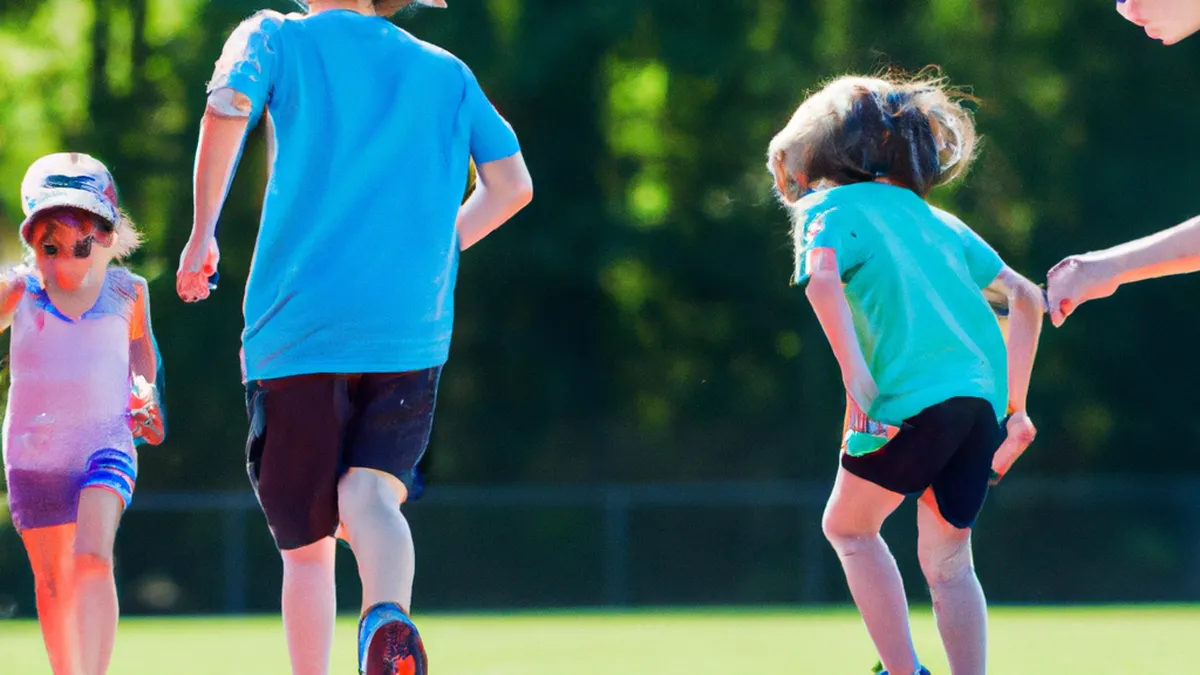Seasonal Nutrition: Fueling Your Training
Seasonal Training Adjustments: Optimize Your Performance Year-RoundAs seasons change, adjust your training routine. Align workouts with seasonal conditions to maximize performance and reduce injuries. Summer heat and winter cold present unique challenges. Explore effective training adjustments, tips for success, and benefits of seasonal training.
Understanding Seasonal Changes
Seasons bring different weather, daylight hours, and energy levels. Summer often features heat and humidity, while winter introduces cold and snow. Fall and spring offer mild temperatures but can also bring rain and wind. Understand these changes to plan your workouts.
Summer Training Adjustments
Summer brings heat and humidity. Consider these adjustments:1. **Shift Your Schedule**: Train early in the morning or late in the evening when it’s cooler.2. **Hydration is Key**: Increase your water intake to prevent fatigue and decreased performance.3. **Opt for Indoor Workouts**: Use air-conditioned gyms or indoor tracks during extreme heat.4. **Dress Appropriately**: Wear lightweight, moisture-wicking fabrics to help regulate body temperature.
Fall Training Adjustments
Fall offers cooler temperatures and beautiful scenery, ideal for outdoor workouts. Make these changes:1. **Layer Your Clothing**: Dress in layers for chilly mornings and warmer afternoons.2. **Adjust Your Focus**: Build strength and endurance by incorporating more resistance training.3. **Take Advantage of Daylight**: Plan runs or rides earlier as daylight hours decrease.4. **Prepare for Rain**: Invest in waterproof gear to maintain your training schedule.
Winter Training Adjustments
Winter can challenge outdoor training. Stay active with these tips:1. **Embrace Indoor Options**: Try indoor cycling, swimming, or gym workouts to stay fit.2. **Stay Warm**: Invest in thermal layers, gloves, and hats for comfort.3. **Focus on Cross-Training**: Improve flexibility and balance through activities like yoga.4. **Stay Motivated**: Join a group or find a workout buddy to enjoy winter workouts.
Spring Training Adjustments
Spring brings warmer weather and longer days. Shake off winter blues and ramp up training:1. **Increase Intensity**: Gradually raise workout intensity as temperatures rise.2. **Incorporate Outdoor Activities**: Enjoy hiking, cycling, or running outdoors to boost mood and fitness.3. **Monitor Allergies**: Be mindful of spring pollen and adjust training times.4. **Set New Goals**: Use spring for fresh starts and set new fitness goals.
Tips for Seasonal Training Success
As an Amazon Associate I earn from qualifying purchases.
Gear tip: consider electrolyte mix, soft flask, and hydration tablets to support this topic.
Transitioning between seasons can challenge you. Use these tips to adapt effectively:1. **Listen to Your Body**: Pay attention to fatigue or discomfort during workouts.2. **Fuel Properly**: Adjust your diet for seasonal needs; focus on hydration in summer and warming foods in winter.3. **Stay Flexible**: Modify routines based on changing weather conditions.4. **Track Progress**: Keep a training journal to monitor your workouts.
Benefits of Seasonal Training Adjustments
Adjusting your training offers numerous benefits:1. **Injury Prevention**: Reduce the risk of overuse injuries from sudden weather changes.2. **Enhanced Performance**: Train in optimal conditions for better results in strength, endurance, and fitness.3. **Mental Freshness**: Change routines to keep workouts exciting and maintain motivation.4. **Health and Well-being**: Seasonal training boosts your immune system and overall health.
Conclusion
Seasonal training adjustments maximize your fitness and performance. Understand each season’s unique challenges to adapt effectively. Shift schedules, adjust clothing, and modify training focuses for significant benefits. Embrace the seasons, listen to your body, and enjoy your fitness journey all year.
Below are related products based on this post:
FAQ
What are some key adjustments for summer training?
During summer, it’s important to shift your training schedule to early mornings or late evenings when temperatures are cooler. Additionally, hydration is crucial to prevent fatigue, and wearing lightweight, moisture-wicking fabrics can help regulate body temperature.
How can I optimize my training in winter?
In winter, embracing indoor workout options like cycling or swimming can help maintain fitness levels. It’s also essential to invest in thermal layers and stay motivated by joining a workout group or finding a training buddy to keep workouts enjoyable.
What should I focus on during spring training?
Spring is a great time to increase workout intensity gradually and incorporate more outdoor activities such as hiking and cycling. It’s also important to monitor allergies due to pollen and set new fitness goals to refresh your routine.















Post Comment